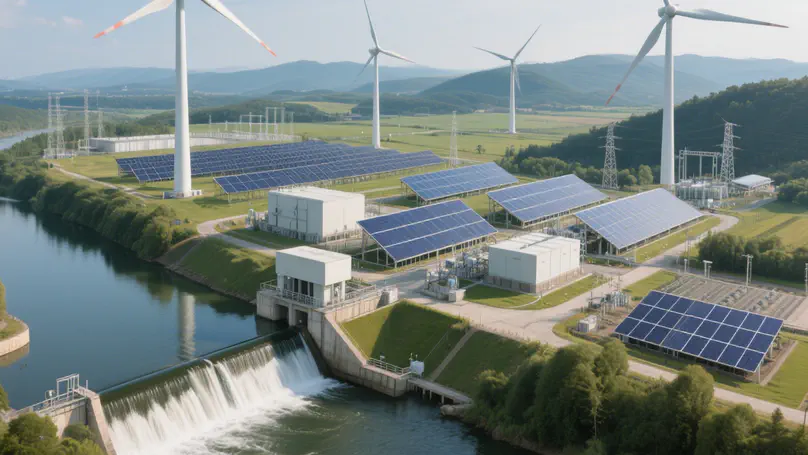
最新成果

A temporally and spatially resolved model charts feasible transition pathways of China’s power system tonegative emissions by 2060 through renewables expansion and carbon capture.

To support China’s goal of achieving carbon neutrality by 2060, we find that 2 to 4 terawatts are needed each for wind and solar power, eight to ten times its 2022 installations. A highly spatially resolved model reflecting key trade-offs in land availability per current government policies and grid integration shows that 80% of solar and 55% of wind should be constructed within 100 km of major load centers. The model also suggests that terawatt-level energy storage should be deployed from scratch, and ultra-high voltage inter-provincial transmission should double/triple its current size to ensure sufficient power supply. When land use is subject to even tighter policy restrictions, at least 25% of solar power should be distributed generation.
